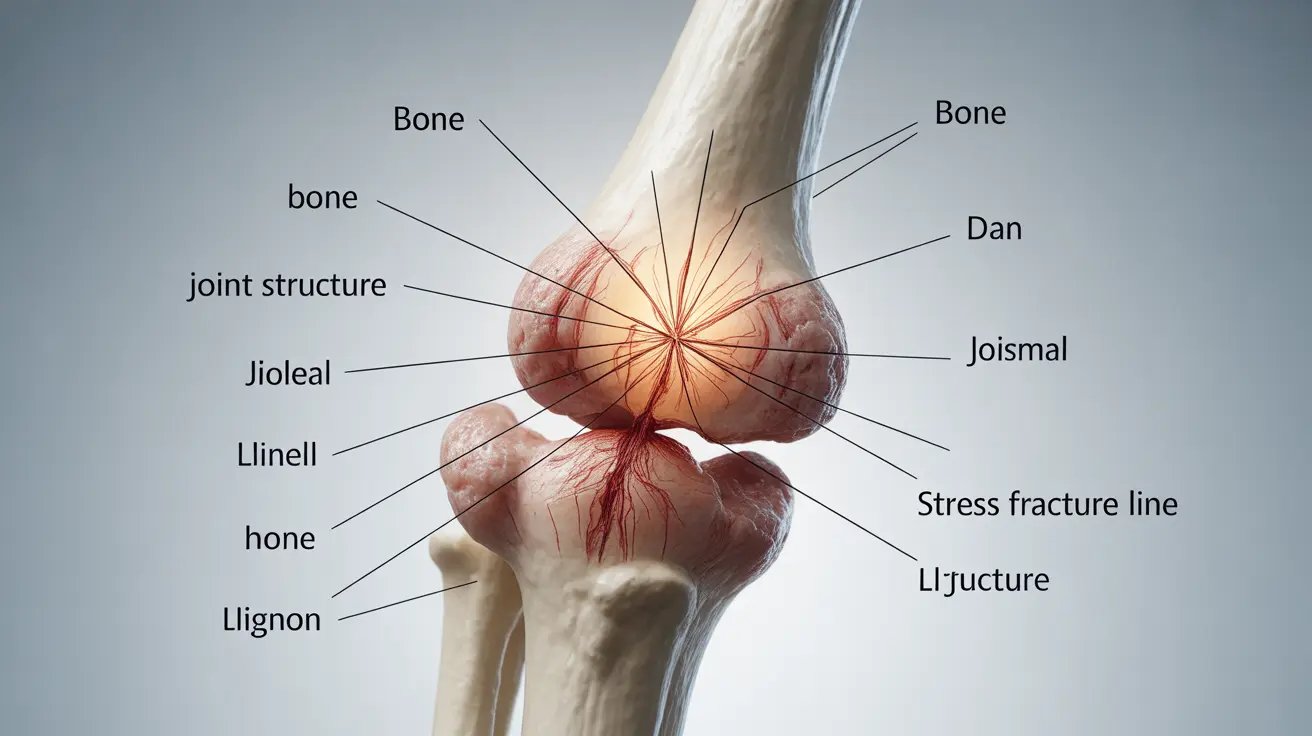A hairline fractured elbow, also known as a stress fracture of the elbow, can be a painful and concerning injury that requires proper medical attention and care. Understanding the symptoms, diagnosis process, and treatment options is crucial for optimal recovery and preventing long-term complications. This comprehensive guide will help you navigate through the essential aspects of managing a hairline elbow fracture.
Understanding Hairline Elbow Fractures
A hairline fracture in the elbow is a small crack or severe bruising within the bone that typically occurs due to repetitive stress, direct trauma, or a fall. Unlike complete fractures, hairline fractures may not be immediately apparent but can cause significant discomfort and limited mobility if left untreated.
Common Signs and Symptoms
Recognizing the symptoms of a hairline elbow fracture is crucial for seeking timely medical attention. Common indicators include:
- Persistent pain that worsens with movement
- Swelling around the elbow joint
- Tenderness to touch
- Limited range of motion
- Difficulty carrying objects or bearing weight
- Pain that increases during specific activities
Diagnostic Process
Healthcare providers use several methods to accurately diagnose a hairline fractured elbow:
Physical Examination
The doctor will carefully examine the affected area, checking for tenderness, swelling, and range of motion limitations. They will also assess the stability of the joint and surrounding structures.
Imaging Tests
Several imaging techniques may be employed:
- X-rays (multiple views)
- CT scans for detailed bone imaging
- MRI scans to check for soft tissue damage
- Bone scans for difficult-to-detect fractures
Treatment Approaches
Non-surgical Treatment
Most hairline elbow fractures can be treated without surgery. Common non-surgical approaches include:
- Immobilization using a cast or brace
- Rest and activity modification
- Ice therapy for pain and swelling
- Over-the-counter pain medication
- Gradual return to activities
Surgical Intervention
Surgery may be necessary in cases involving:
- Displaced bone fragments
- Joint instability
- Complex fracture patterns
- Failed conservative treatment
Recovery and Rehabilitation
The recovery process typically involves several phases:
Initial Recovery Phase
During the first few weeks, focus is placed on:
- Proper immobilization
- Pain management
- Swelling reduction
- Protected movement as advised
Rehabilitation Phase
As healing progresses, rehabilitation may include:
- Gentle range of motion exercises
- Progressive strengthening activities
- Physical therapy sessions
- Gradual return to normal activities
Frequently Asked Questions
What are the most common symptoms that indicate a hairline fractured elbow?
The most common symptoms include persistent pain, localized swelling, tenderness to touch, and difficulty moving the elbow. Pain typically worsens with activity and may be accompanied by stiffness and reduced range of motion.
How is a hairline fractured elbow diagnosed and what imaging tests are used?
Diagnosis typically involves a physical examination followed by imaging tests. X-rays are usually the first line of imaging, but CT scans, MRI, or bone scans may be necessary if the fracture is subtle or complex.
What are the typical non-surgical treatments for healing a hairline fractured elbow?
Non-surgical treatments typically include immobilization with a cast or brace, rest, ice therapy, and pain management. The affected arm must be protected while allowing appropriate healing time, usually accompanied by guided physical therapy.
When is surgery necessary for an elbow fracture versus just immobilization and rest?
Surgery becomes necessary when the fracture is displaced, involves joint instability, or shows complex patterns that won't heal properly with conservative treatment. Additionally, if non-surgical treatment fails to promote proper healing, surgical intervention may be recommended.
How long does it usually take to fully recover from a hairline fractured elbow and what does rehabilitation involve?
Recovery typically takes 6-12 weeks, depending on the severity of the fracture and individual healing factors. Rehabilitation involves progressive phases starting with protected movement, followed by gentle exercises, and gradually advancing to strengthening activities under professional guidance.




